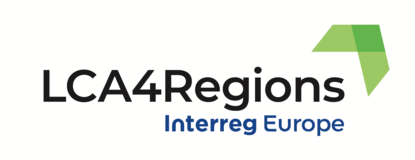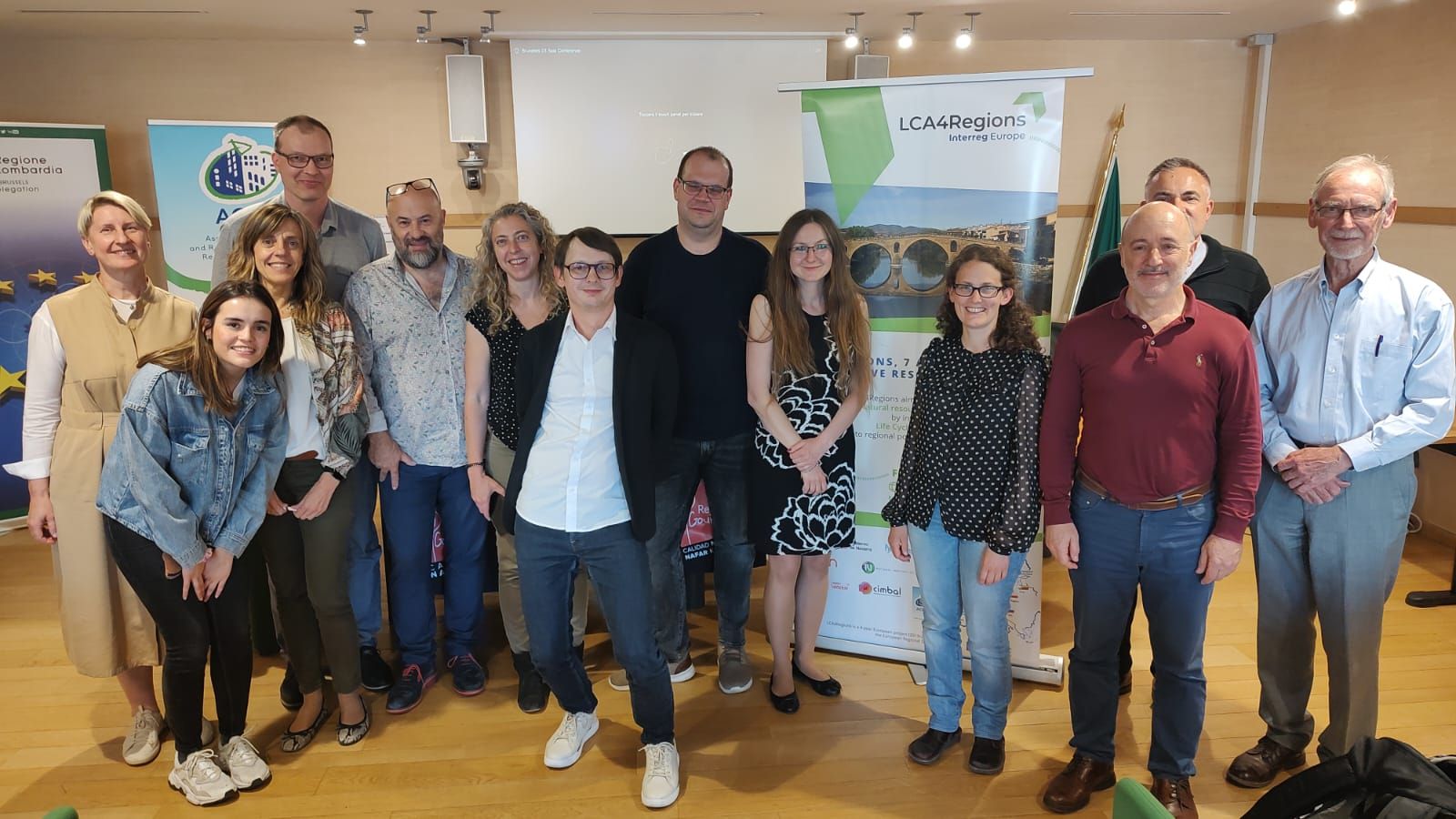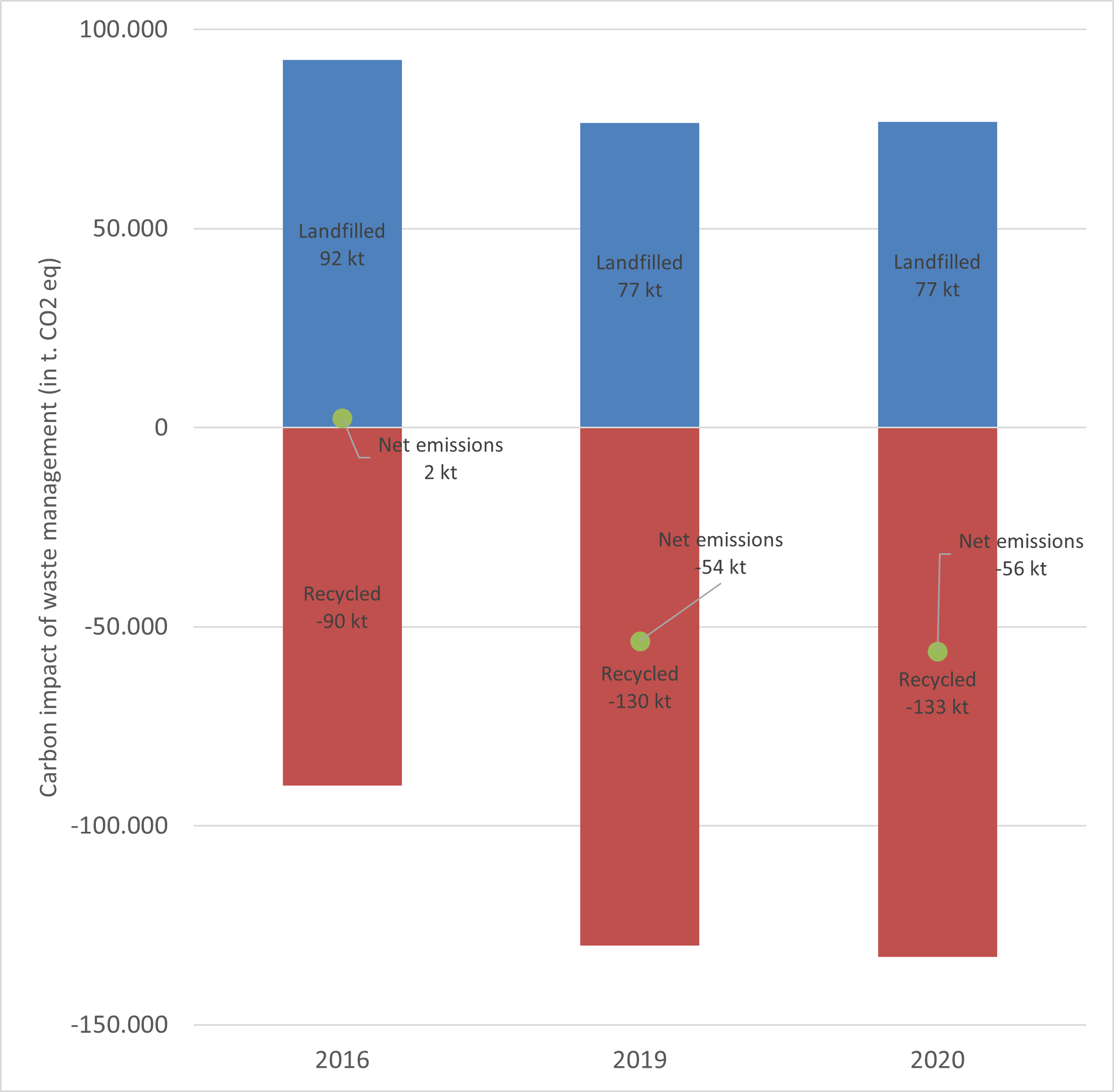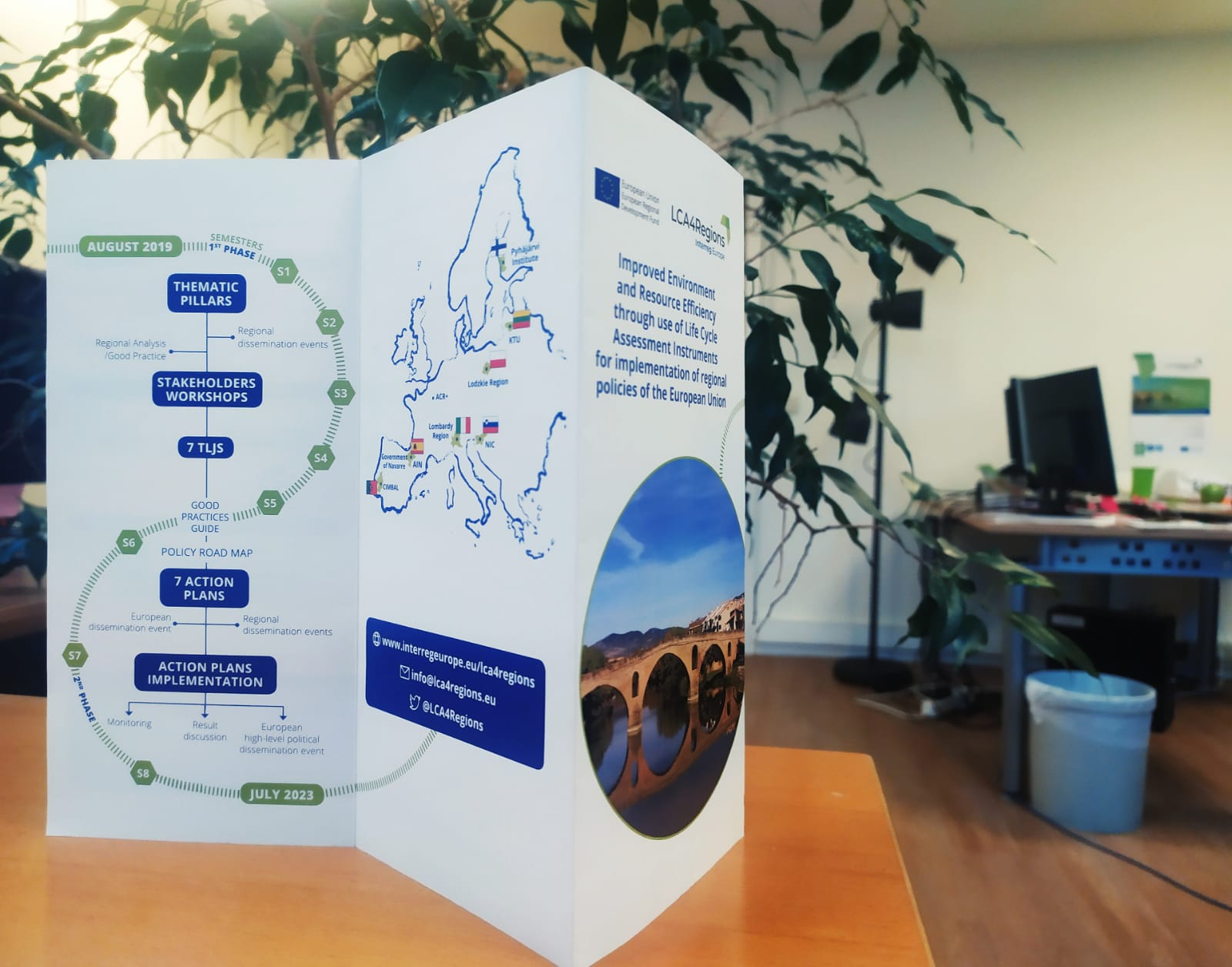The 3rd TLJ will take LCA4Regions partners to Satakunta, Finland. Before the journey starts, we offer you to discover its policy context in a series of five articles.
After presenting climate and circular economy policies, we reach the topic of waste.
The Ministry of the Environment is the leading responsible in the waste management policy planning. External expertise and services are widely utilised.
Finland's waste policy aims to promote the sustainable use of natural resources and to ensure that waste does not endanger human health or harm the environment. The Ministry of the Environment participates in the preparation of waste policy on the national, European Union and international levels. The Ministry prepares national waste legislation and guides, develops and monitors the implementation of legislation. Waste management follows the order of priority.
The National Waste Plan, approved by the Government, defines waste management objectives for 2023 and measures for achieving these objectives. The Government Programme also proposes several measures aimed at preventing the generation of waste and promoting the recovery of waste material. Finland has also drafted a national strategy for reducing the landfilling of biodegradable waste.
National Waste Plan
From Recycling to a Circular Economy – National Waste Plan to 2023 sets out the objectives for waste management and waste prevention and the measures to reach the objectives. Detailed targets are set and measures presented for four key areas: construction and demolition waste, biodegradable waste, municipal waste, and waste electrical and electronic equipment.
Based on the composition of municipal waste, the key types of waste that the national waste plan’s measures for increasing recycling should focus on are paper and cardboard, biowaste and plastics. According to the composition forecast, the proportion of paper in municipal waste is expected to decrease. The proportion of biowaste is also expected to decrease, though it will remain the largest individual waste type. In contrast, the proportion of plastics, textiles and other waste (including WEEE) is expected to increase. Increasing recycling will also require increasing the recycling of domestic plastics and, most importantly, the demand for recycled products.










